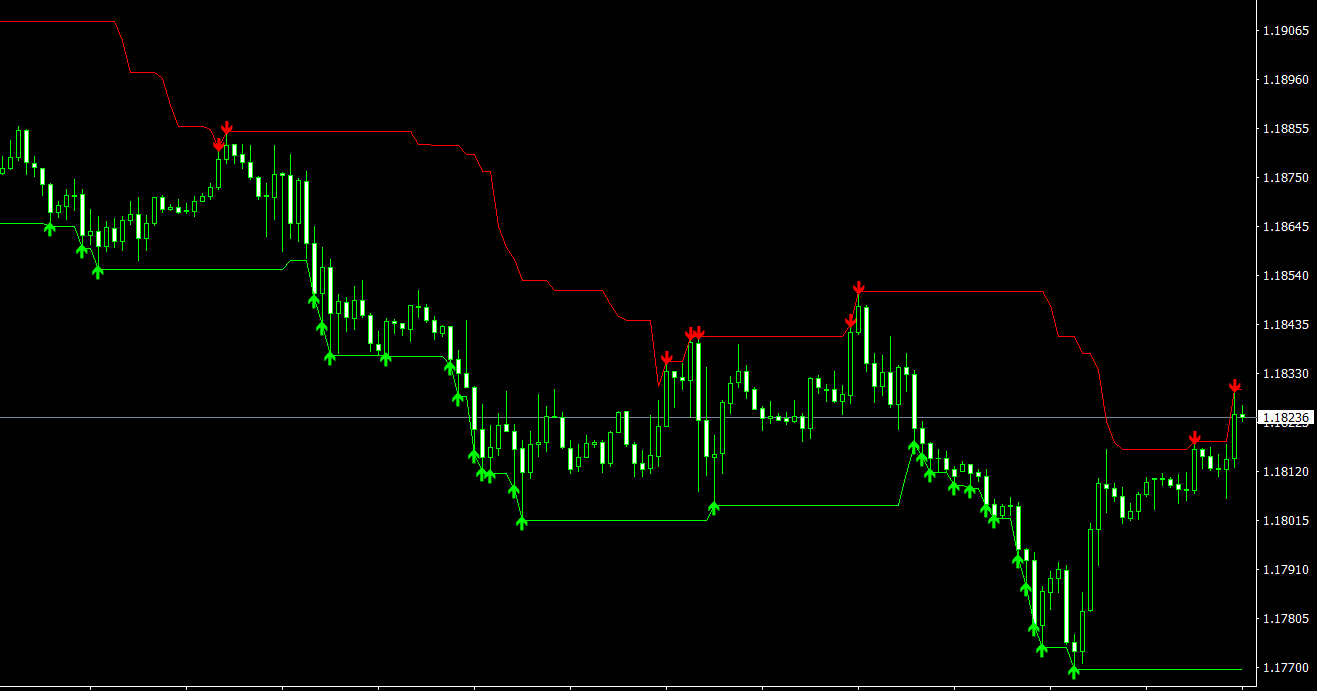The foreign exchange market, or forex market, offers numerous opportunities for traders to profit from the constantly fluctuating exchange rates between currencies. One popular trading style that attracts many traders is day trading, which focuses on short-term trading opportunities within a single trading day. This article will delve into the concept of forex day trading, its advantages and disadvantages, and the main strategies employed by successful day traders.
What is Forex Day Trading?
Forex day trading is a trading style that involves opening and closing trades within the same trading day. The primary objective of day traders is to capitalize on short-term price movements in the currency market, taking advantage of small but frequent price changes. Day traders rely heavily on technical analysis to identify trends, support and resistance levels, and potential entry and exit points for their trades. As positions are not held overnight, day traders avoid the risk of adverse price movements that could occur outside of trading hours.
Benefits of Forex Day Trading
- No overnight risk: Day trading eliminates the risk of overnight price movements that could negatively impact open positions, as all trades are closed by the end of the trading day.
- Compounding effect: By taking advantage of multiple small price movements within a single trading day, day traders can potentially benefit from the compounding effect of multiple profitable trades, leading to significant gains over time.
- Fast-paced and dynamic: Day trading offers an exciting, fast-paced trading environment that can be appealing to traders seeking quick results and the potential for rapid gains.
- Clear and concise trading plans: Day traders often follow well-defined trading plans with specific entry and exit points, making it easier to stay disciplined and manage risk.
Drawbacks of Forex Day Trading
- High transaction costs: Day trading typically involves frequent trading, which can result in higher overall transaction costs, including spreads and commissions.
- Time-consuming: Successful day trading requires a significant time commitment for market analysis, trade management, and ongoing education. This may not be suitable for traders with limited time or those seeking a more passive trading approach.
- Stressful and demanding: The fast-paced nature of day trading can be stressful and emotionally taxing, requiring traders to maintain a high level of focus and discipline throughout the trading day.
- Limited potential gains: As day trading focuses on capturing small price movements, individual trade gains may be limited compared to longer-term trading styles that target larger price swings.
Main Day Trading Strategies
Day traders utilize various strategies to identify and capitalize on short-term price movements in the forex market. Some of the main day trading strategies include:
- Scalping
Scalping is a popular day trading strategy that involves making numerous small trades with the aim of capturing small profits from each trade. Scalpers often use technical analysis tools, such as moving averages, stochastic oscillators, and pivot points, to identify short-term trends and potential entry and exit points for their trades. Due to the high frequency of trading, scalpers must be prepared to manage risk carefully and control transaction costs.
- Momentum Trading
Momentum trading is a strategy that focuses on trading currencies with strong price momentum. Day traders can use technical indicators, such as the Relative Strength Index (RSI) or the Moving Average Convergence Divergence (MACD), to identify currencies with strong momentum and potential trading opportunities. By entering trades in the direction of the momentum, traders aim to capture the continuation of the price movement for a short-term period.
- Breakout Trading
Breakout trading is a strategy where day traders enter the market when the price breaks through a predetermined support or resistance level. This often signals that a significant price movement is about to occur, and the trader aims to capture the ensuing price swing. Stop-loss orders are usually placed just beyond the broken support or resistance level to manage risk.
- Range Trading
Range trading is a strategy that focuses on trading within well-defined support and resistance levels, which are often established by price consolidating after a significant move. Day traders can use technical analysis tools, such as horizontal trend lines or pivot points, to identify these levels and enter trades when the price approaches or bounces off them. They will usually place a stop loss beyond the support or resistance level and set a profit target near the opposite boundary of the range.
- News Trading
News trading is a day trading strategy that involves entering trades based on the release of major economic news events or data, which can have a significant impact on currency prices. Traders may take positions before the news release, anticipating the market’s reaction, or enter trades immediately after the release, capitalizing on the subsequent price volatility. It is crucial for news traders to be well-informed about upcoming economic events and to have a solid understanding of how different news releases can affect the forex market.
- Fade Trading
Fade trading is a contrarian day trading strategy that involves taking positions against the prevailing trend. Traders who use this strategy believe that the market has overreacted to a specific event or piece of news and that the price will eventually reverse. By entering trades in the direction of the expected reversal, fade traders aim to profit from short-term price corrections. This strategy can be riskier than other day trading strategies, as it requires taking positions against the dominant market sentiment.
- Pivot Point Trading
Pivot point trading is a technical analysis-based strategy that involves using pivot points to identify potential support and resistance levels for a specific currency pair. Day traders can use these levels as potential entry and exit points for their trades, aiming to capture short-term price movements as the price bounces between these levels. By combining pivot point analysis with other technical indicators and chart patterns, traders can increase the effectiveness of this strategy.
Conclusion
Forex day trading is a fast-paced and exciting trading style that offers traders the opportunity to profit from short-term price movements in the currency market. By utilizing a combination of technical and fundamental analysis, day traders can identify trends, support and resistance levels, and potential entry and exit points for their trades.
The main day trading strategies, such as scalping, momentum trading, breakout trading, and range trading, provide traders with various approaches to capitalize on short-term price movements in the forex market. However, day trading also comes with its share of challenges, such as high transaction costs, time commitment, and emotional stress.
By implementing effective risk management techniques and continuously improving their trading skills, day traders can overcome these challenges and increase their chances of success. As with any trading style, mastering the art of day trading takes time, practice, and patience. By understanding the principles of day trading and utilizing the main strategies, traders can improve their chances of achieving consistent success in the forex market.



